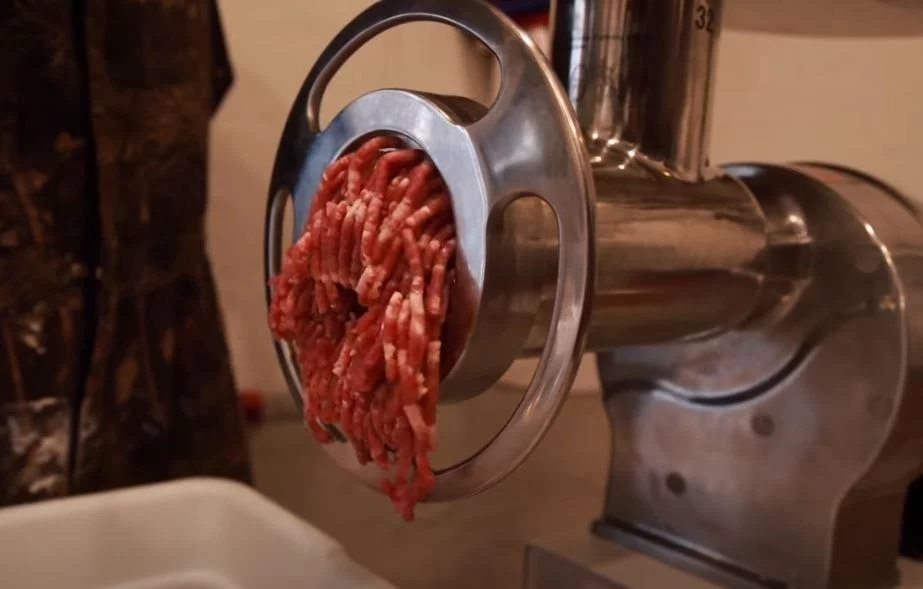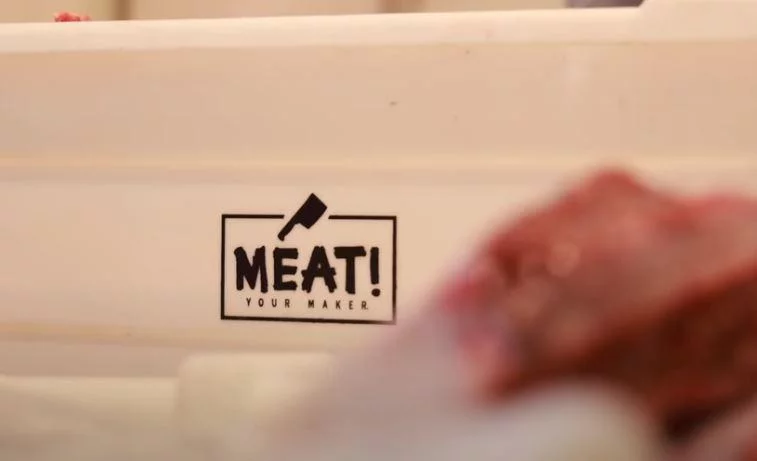Grinding Deer Meat | Fat Ratio for Venison Burgers
There are a lot of reasons we hunt. Some people just love spending more time outdoors. Some like the adventure of chasing a wild animal. But come on, is there anything better than sitting around a table and sharing a wild game meal with your family and friends? Especially one that you or your child were able to harvest? It’s really something special. If you want to make it even more unique, try processing your deer yourself. That way, you know how the meat is handled from the field to the table and can make decisions on what kinds of meals you’ll prepare from it. Ground venison is always a staple for many hunters, but because deer meat is so lean, some get tripped up on the fat ratio for venison burgers. There are a few ways you can look at this, so let’s dive into the topic of venison burgers. In the video below, Michael walks you through his process of grinding deer burgers and why he loves to do this himself.
Right Fat Ratio for Venison Burgers
First off, as many hunters know, deer meat is darn close to fat-free. When you grind it alone, it produces a very lean mixture that could be too crumbly to stick together well. If you’re looking for ground venison to do chili or spaghetti with, that might be exactly what you’re looking for. It will be lean meat that crumbles nicely. But if you want to grill venison burgers, you’re going to need to add some fat.
Beef fat is the preferred source when making deer burgers. It adds some great flavor (especially if you add some trimmed ribeye fat), but it also helps bind the meat together better and helps it hold in the patty shape. You can usually find beef fat from your local butcher or the meat counter at the grocery store, so try asking around. In the finished ground meat, you’re looking for those chunks of white gold.

In terms of the right fat ratio for venison burgers, it’s a little subjective, but we have a general rule. Typically, we’ll mix in about 2 pounds of beef fat for 10 pounds of venison (12 pounds total). This comes out to about an 83/16 meat/fat mix. Now some people prefer their burgers to be fattier and juicier, so they might mix 2 pounds of fat to 8 pounds of venison. On the other hand, if you find the mix is too rich for you, you can scale the fat amount back a bit or add more meat. Play around with the fat ratio for venison burgers until you find something you really enjoy…and then write it down so you know how to repeat it the next time.
Process to Grind Deer Burgers
Obviously, this whole process starts with the right meat. Everyone seems a little different in their preferences when it comes to what meat goes in the grind pile, and it can be a hotly debated subject at deer camp. Some hunters trim every grind piece as if it were a pristine steak cut, while others just throw in ALL the extra bits – silver skin, sinew, and everything included. The bottom line is that the cleaner the meat is from all the connective tissue, the smoother it will grind, and the better texture it will have in the end. Does it have to be perfect? That depends on you, but try to clean it up fairly well.
Again, if you like a really lean grind and want to try to make some venison patties, you don’t need to add any beef fat. But you’ll probably have to be pretty delicate with it while grilling, as it might crumble to pieces. For a richer burger that holds together better, try the fat ratio for venison burgers that we discussed above (2 pounds beef fat to 10 pounds venison).
For grinding venison burgers:
Start by grinding the venison meat with a coarse dye plate to cut the meat up into small chunks. Then switch to a fine or medium dye plate, and send the venison back through with the fat.
Alternate adding the venison meat and beef fat into the grinder as you go, which will help incorporate it better.
At this point, you can also get creative. Add onions, garlic, and wet or dry seasonings to the grind as you go to create your perfect venison burger.
When you finish a batch, try frying or grilling up a test patty to see how it holds together and see if you need to adjust the seasoning. If something’s not quite right, you can add more meat, fat, or seasonings to fix it.
As you can see in the video, we love Meat! Your Maker products. Whether you need a durable and high-quality grinder to make these patties or you need a vacuum sealer to package them at the end, they have the right tools for the job.

Packaging Your Venison Burgers
The final step in the process is packaging everything up so you can safely store it until mealtime. You can use plastic bags or freezer paper for this, but those methods are much more likely to result in freezer-burnt meat. The best way to preserve your food – whether wild game meat, store-bought meat, fish, or even other foods – is to vacuum seal it. A good vacuum sealer will suck all the air out and seal the bag securely, which will lower the chance of freezer burn greatly.
For a typical family of four, you might package the meat in 1- or 2-pound bags, which should be enough for an average meal. Or if you know you’re going to make venison burgers out of the mixture anyway, you might as well pre-shape them into patties and freeze them. That way, you just have to unthaw and throw on the grill when the time comes. Form the patties based on the sizes your family prefers, and then stack them in layers of 2 with some wax paper separating them, or just do a single layer in a vacuum seal bag. You get to make all the calls with this, which is why it’s so fun.
If finding the right fat ratio for venison burgers has been tricky before, we hope this guide will help. But at the end of the day, it’s just a guideline. Play around with the mixture of venison vs. fat until you find something you and your family truly like. And then fire up the grill and invite some friends over to share a hot meal, a cold beverage, and a few good hunting stories.What’s the Right Fat Ratio for Venison Burgers?



